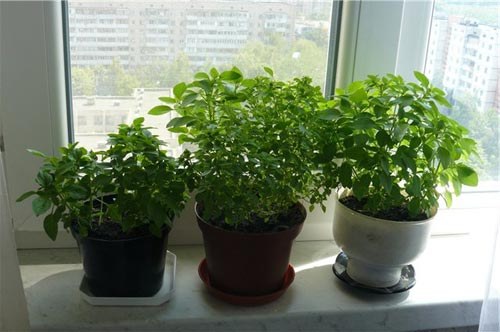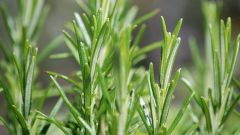Instruction
1
The easiest way to grow mint on the window sill – this rhizomatous cuttings. Propagation by cuttings amenable to almost all species of mint, with the exception of marsh and water. The most favorable time for harvesting cuttings is the fall when the plant prepares for winter and completes the growing season. Mint rhizomes carefully dug up with a ball of soil is stored until spring in a cool place covered with sand. In the spring the rhizome is divided into separate fragments, each of them should be a few dormant buds. The cuttings are planted in the prepared capacity, filled to half with soil. The roots of the plants are carefully placed, taking care not to damage the prepared soil, watered thoroughly and covered with soil.
2
During the period of rooting mint needs a dressing better suited to the urea solution. Care for young plant comes down to timely watering, protection from insects-pests and light shading in the summer – mint does not tolerate direct sunlight. When growing plants on a windowsill is very important to make sure that it does not overheat and was not long in dry soil. In winter, the green shoots of the peppermint should be protected from drafts and excessive waterlogging. Dry batteries Central heating air is also not going to plant in favor: winter mint leaves have from time to time be refreshed with water from a spray bottle.
3
The mint growing on the windowsill from seed is more time consuming than propagating by cuttings. Mint prefers a certain temperature, which is difficult to adjust in case of placement of the containers with a plant on the windowsill. Thus, the most favorable temperature is considered to be in the range of 20-25C. In the winter, when daylight is short and the plant has no additional lighting, sprouts may be weak and strongly elongated. In this case, the temperature should be lowered to 15-17оС– these conditions allow to harden and strengthen the young mint.
4
Seeds are sown in shallow furrows, a depth of not more than 5-6 mm, top sprinkle a little ground. Seedlings appear in about 2-3 weeks. In the winter, sprouts may need additional lighting, but the lights cannot be placed too close to the seedlings, because the immature plants can get severe burns.
5
Primary care at the stage of growth of germinated seeds is reduced by timely irrigation and fertilization. After mint will grow to 10-15 cm, the intensity of care can be reduced. It should be remembered that growing mint from seed can produce a plant of a different species from the parent, because peppermint is a cross-pollinated plant and is easily cross-breeds with any of the kindred species.

